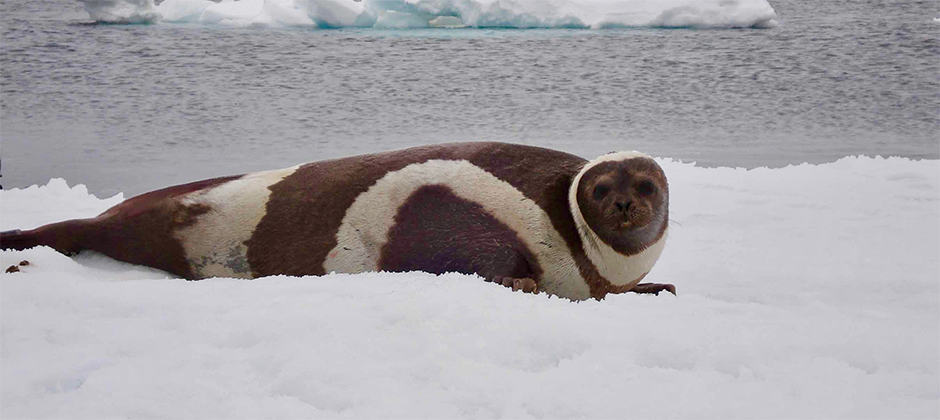Share this article
Did climate change allow an Arctic wildlife virus to spread?
Melting sea ice may be to blame for the spread of a wildlife virus from one side to the Arctic to the other. The issue emerged in 2004 when Pacific sea otters and seals off the Alaskan coast became infected with phocine distemper. Previously, the virus had only been known in the Atlantic, and its appearance came two years after an outbreak in Europe. A recent study published in Scientific Reports suggests the virus may have been able to spread after warmer summers allowed the Arctic Ocean to become passable by late summer. “Climate change and natural variability are rapidly reshaping Arctic environments,” wrote the 22 co-authors, a group that included TWS members Jonna Mazet, of the University of California, Davis, and Thomas Gelatt, of the Alaska Fisheries Science Center Marine Mammal Laboratory.
Read the New York Times story here.
Header Image: An adult male ribbon seal (Histriophoca fasciata) lays on the ice. ©NOAA Fisheries, Polar Ecosystems Program








